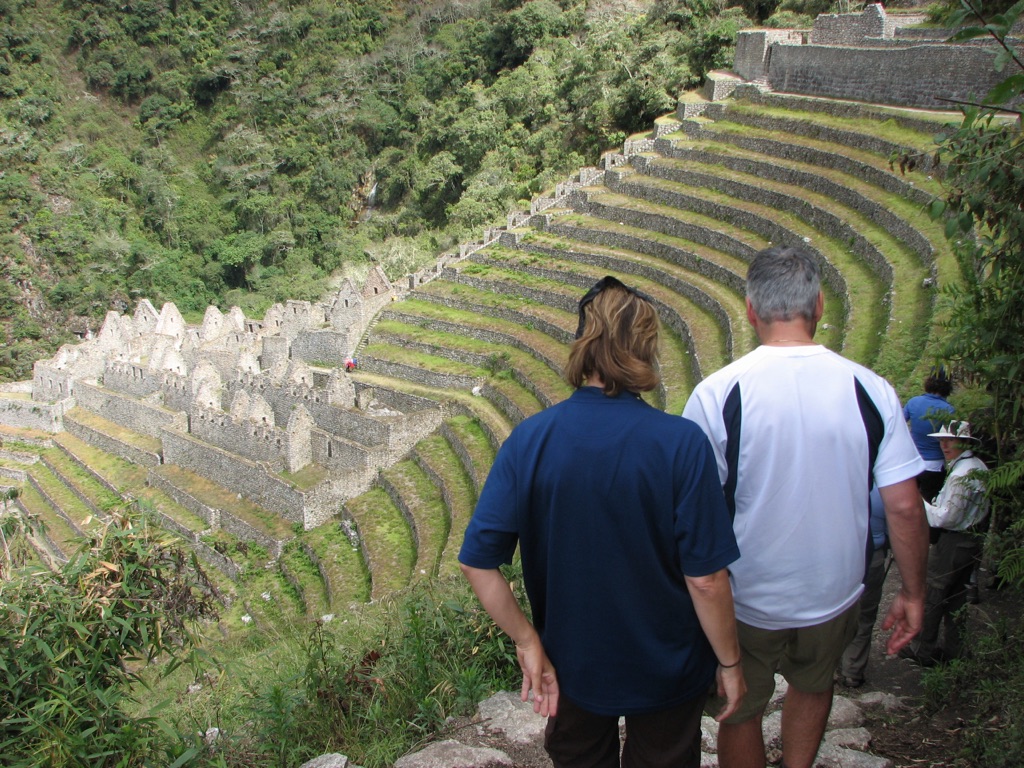Wiñay Wayna, meaning “Forever Young” in Quechua, is an ancient Inca site in Peru. It sits dramatically on a steep hillside, overlooking the Urubamba River. This archaeological wonder is part of the Inca Trail, a route leading to the famous Machu Picchu. Wiñay Wayna showcases the Inca’s masterful terrace architecture, used for agriculture. It also features a complex of baths, suggesting its role in ritual cleansing. The site’s remote location and relative inaccessibility have helped preserve its structures and natural beauty.
Get your dose of History via Email
Historical Background of Wiñay Wayna
The discovery of Wiñay Wayna is a relatively recent event in the annals of archaeology. Hiram Bingham, who famously brought Machu Picchu to global attention, also played a role in uncovering Wiñay Wayna in the early 20th century. However, it was not until later expeditions that the site gained the recognition it deserves. The Inca built Wiñay Wayna in the 15th century, during the reign of Pachacuti, the empire’s ninth ruler. This period saw a significant expansion of the Inca Empire and the construction of many architectural marvels.
The site’s strategic location along the Inca Trail to Machu Picchu suggests it served as a rest stop or ceremonial center for travelers. The Inca’s engineering prowess is evident in the terraces that cling to the steep mountainside, a testament to their ability to adapt to challenging environments. While the Inca civilization fell to Spanish conquest in the 16th century, Wiñay Wayna stood the test of time, hidden by dense vegetation until its rediscovery.
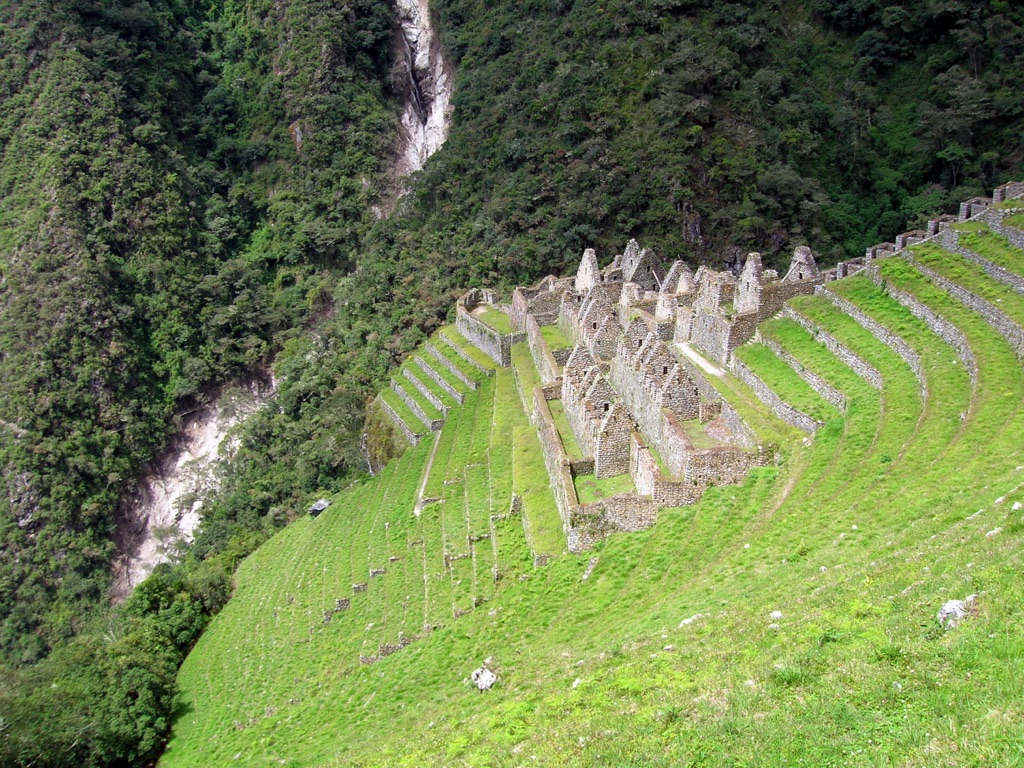
Wiñay Wayna did not witness any known historical events of significance after the fall of the Inca Empire. The site was abandoned, and the jungle slowly reclaimed it. It remained untouched and unseen by the outside world for centuries. This isolation helped preserve its structures, which provide valuable insights into Inca culture and architecture.
The site’s rediscovery brought it back to the limelight, and it has since become an essential part of the Inca Trail experience. Today, Wiñay Wayna is a UNESCO World Heritage Site, recognized for its cultural significance and well-preserved state. It is a testament to the Inca’s architectural genius and their harmonious relationship with nature.
Wiñay Wayna continues to captivate visitors with its enigmatic presence. It serves as a poignant reminder of the Inca civilization’s grandeur and the ephemeral nature of human endeavors. As a historical site, it offers a window into the past, allowing modern-day explorers to walk in the footsteps of the ancients.

About Wiñay Wayna
Wiñay Wayna is an architectural marvel, showcasing the Inca’s mastery over their environment. The site consists of a series of agricultural terraces, built into the hillside with precision and care. These terraces not only provided food for the inhabitants but also prevented erosion and managed water flow. The construction technique involved stone walls filled with soil, enabling cultivation on steep slopes.
At the center of Wiñay Wayna lies a complex of ritual baths, indicating the site’s spiritual significance. Water, channeled through stone aqueducts, still flows through these baths, demonstrating the Inca’s advanced hydraulic engineering. The baths likely played a role in purification rituals for those on their pilgrimage to Machu Picchu.
The site also includes a series of buildings that served various functions. Some might have been residential quarters, while others could have been used for storage or ceremonial purposes. The structures are typical of Inca architecture, with trapezoidal doors and windows, and walls that slightly incline inward for stability.
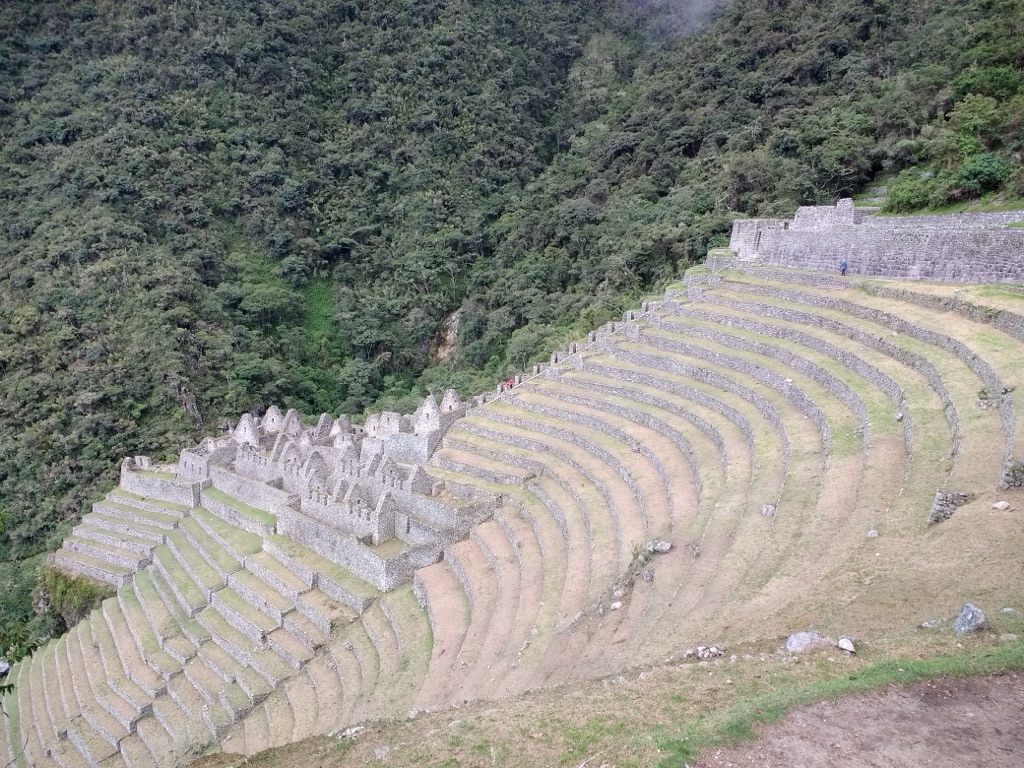
The building materials for Wiñay Wayna were locally sourced. The Incas used the abundant stone available in the region, shaping it to fit together without mortar. This technique, known as ashlar masonry, is a hallmark of Inca construction and contributes to the longevity of their structures.
Architectural highlights of Wiñay Wayna include a beautifully crafted set of stairs that connect the different levels of the site. There is also a main temple, which features a large stone altar. The precision of the stonework and the site’s overall layout reflect the Inca’s sophisticated understanding of aesthetics and function.
Theories and Interpretations
Several theories exist about Wiñay Wayna’s purpose. Most agree that it served as an important stop on the pilgrimage route to Machu Picchu. The presence of numerous ritual baths supports the idea that it was a place for spiritual cleansing before reaching the sacred city.
Some speculate that Wiñay Wayna may have been a royal estate or a religious retreat for the Inca elite. Its proximity to Machu Picchu, another site with royal associations, lends credence to this theory. However, there is no definitive evidence to confirm this.
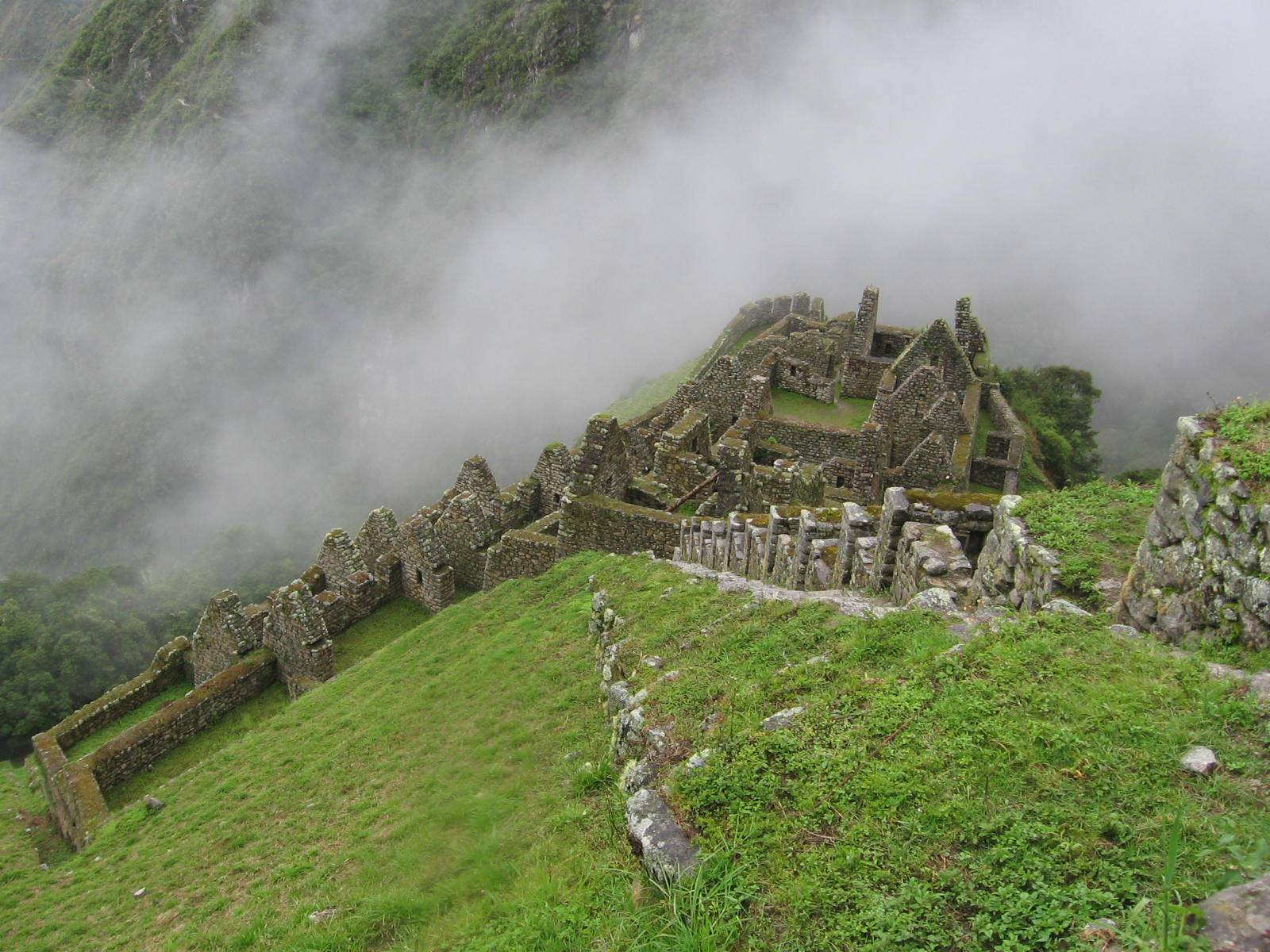
The mysteries of Wiñay Wayna extend to its name, which was likely given by locals in the rediscovery era. The original Inca name for the site, if it had one distinct from Machu Picchu, is unknown. This adds to the enigmatic nature of the place.
Historians and archaeologists have had to interpret the site’s features and match them to historical records. This process is ongoing, as new discoveries can lead to revised understandings of Inca culture. Radiocarbon dating and other scientific methods have helped establish the timeline of Wiñay Wayna’s construction and use.
Despite the research, Wiñay Wayna retains an air of mystery. Its remote location and the lack of written records from the Inca period mean that some aspects of the site may never be fully understood. This enigma only adds to its allure and the fascination it holds for visitors and scholars alike.
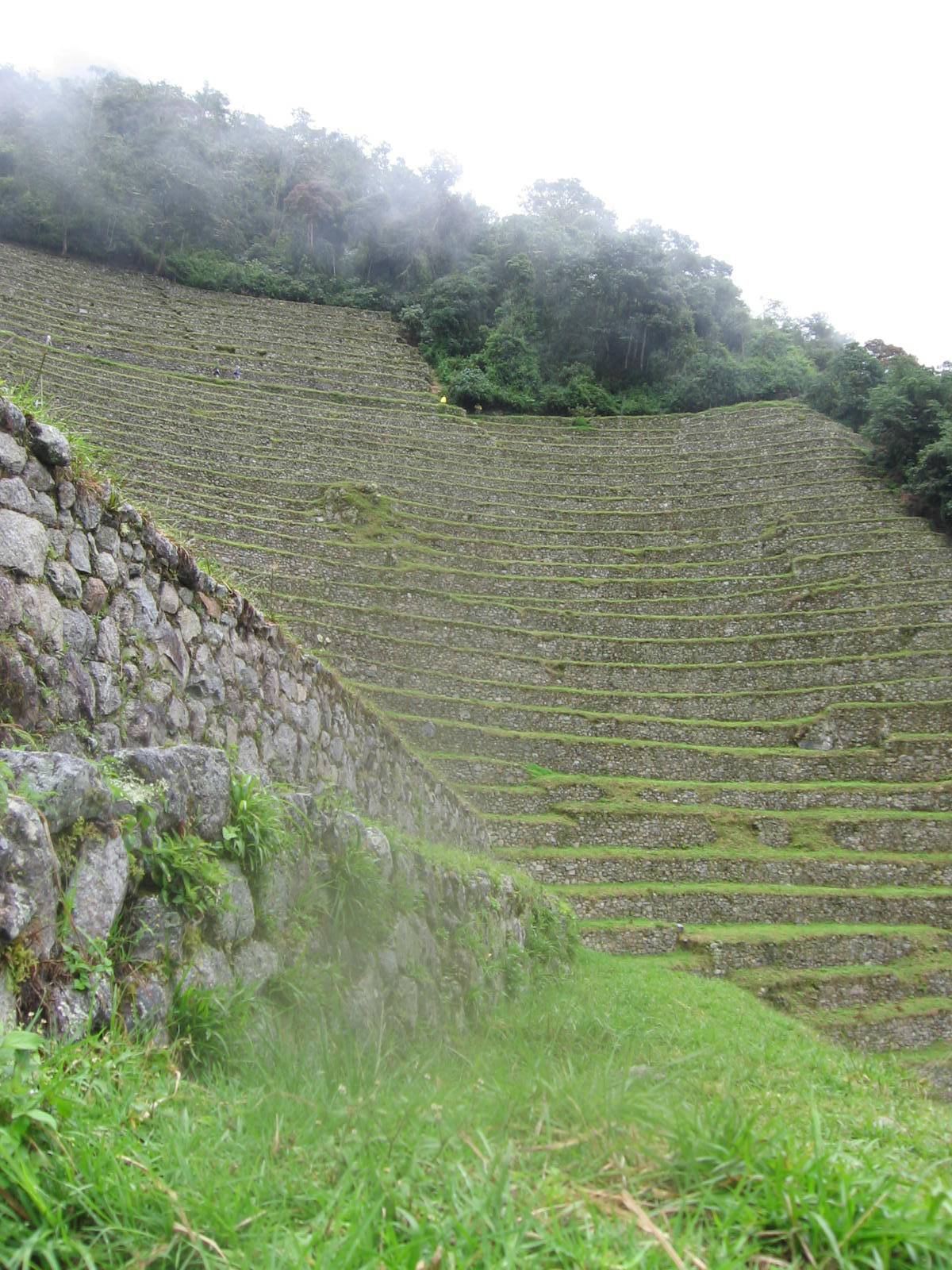
At a glance
Country: Peru
Civilization: Inca
Age: 15th century AD
Conclusion and Sources
The information in this article has been obtained from the following reputable sources:

